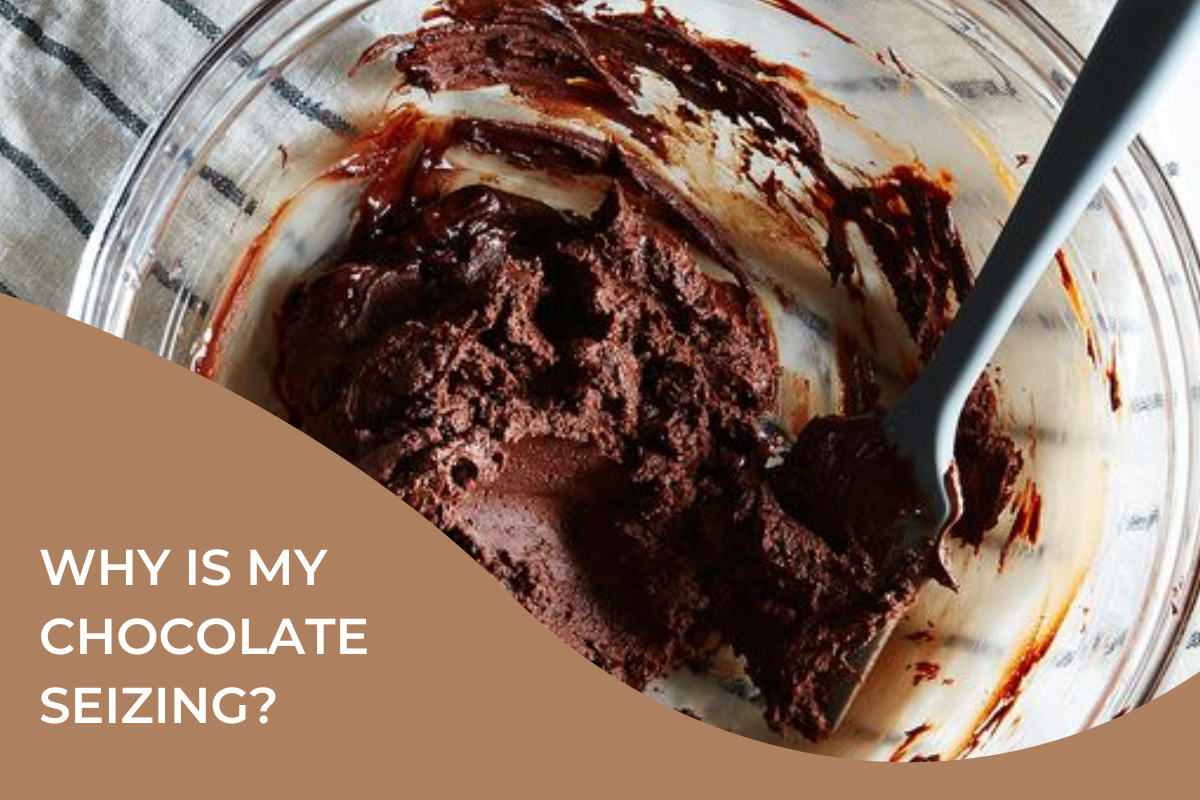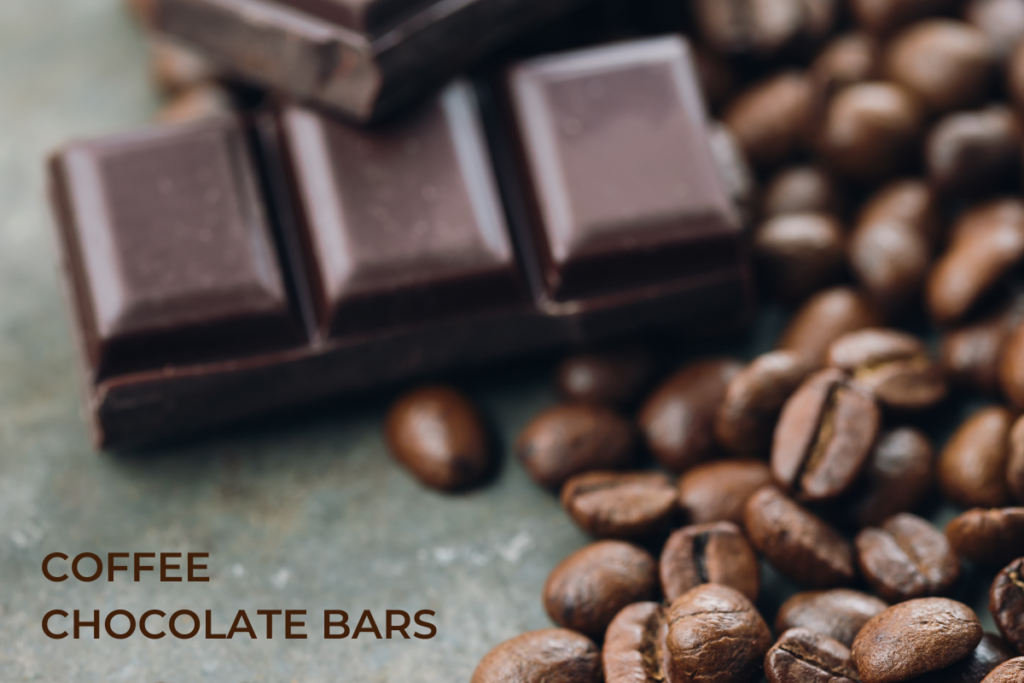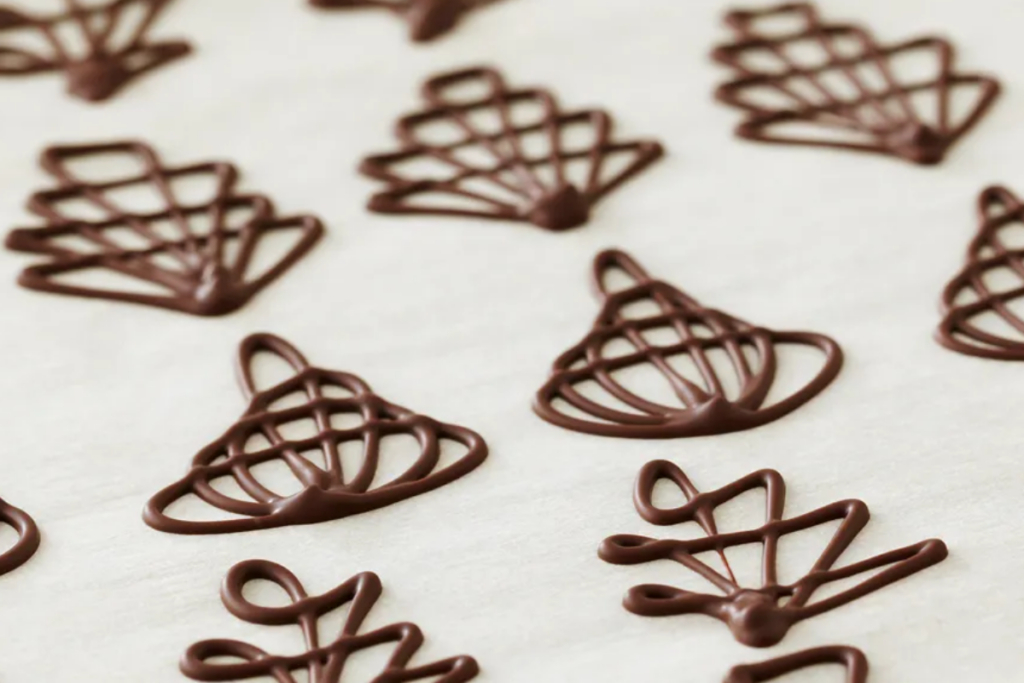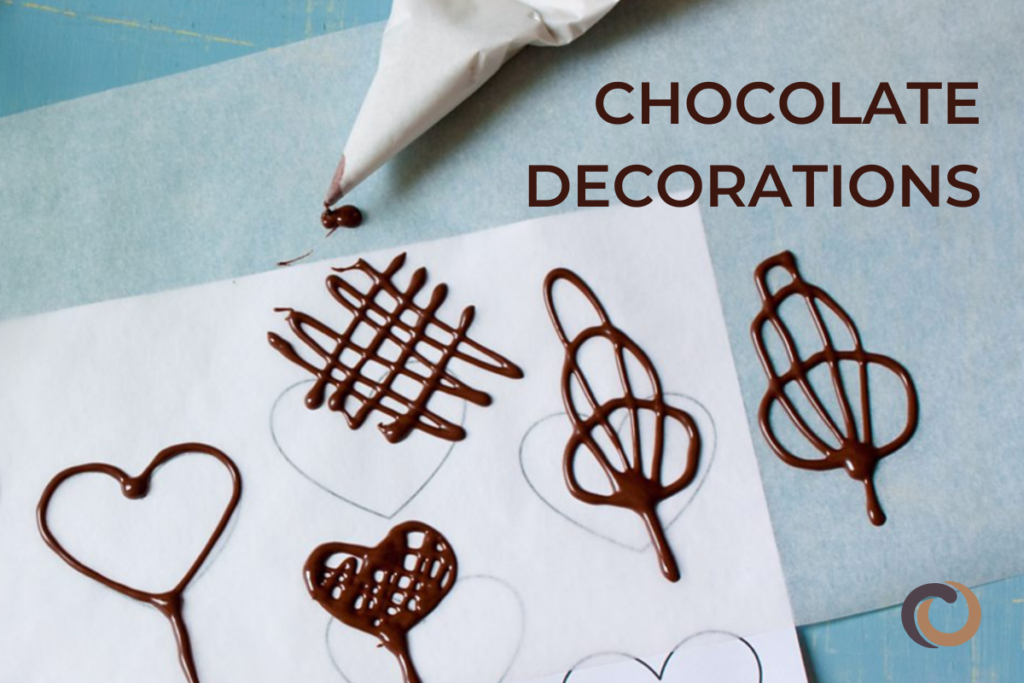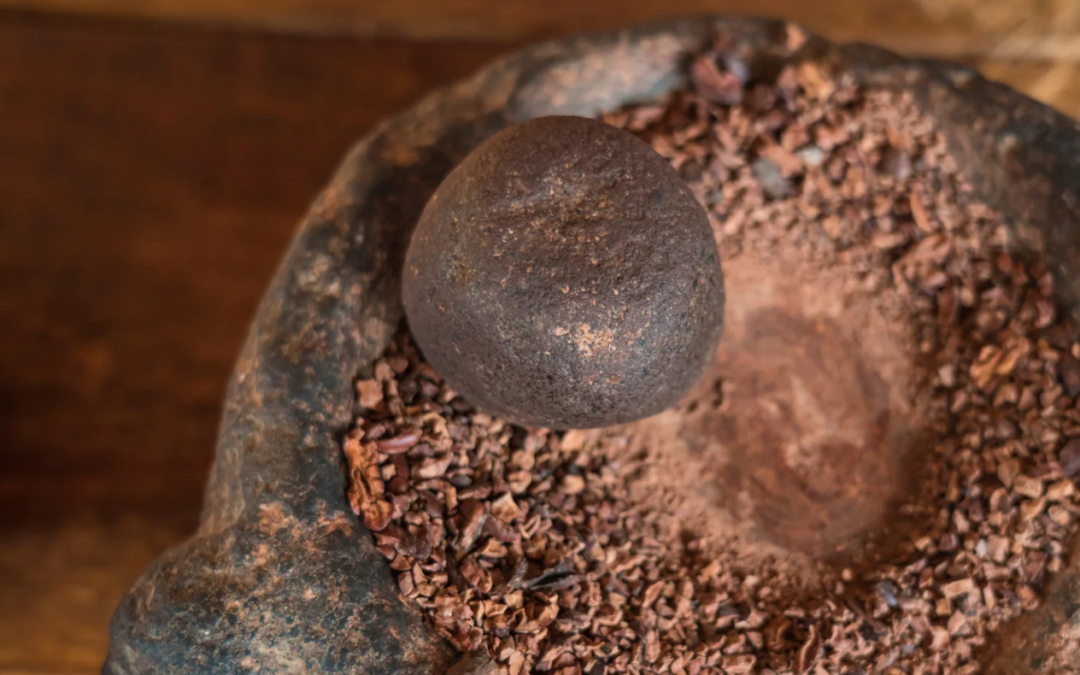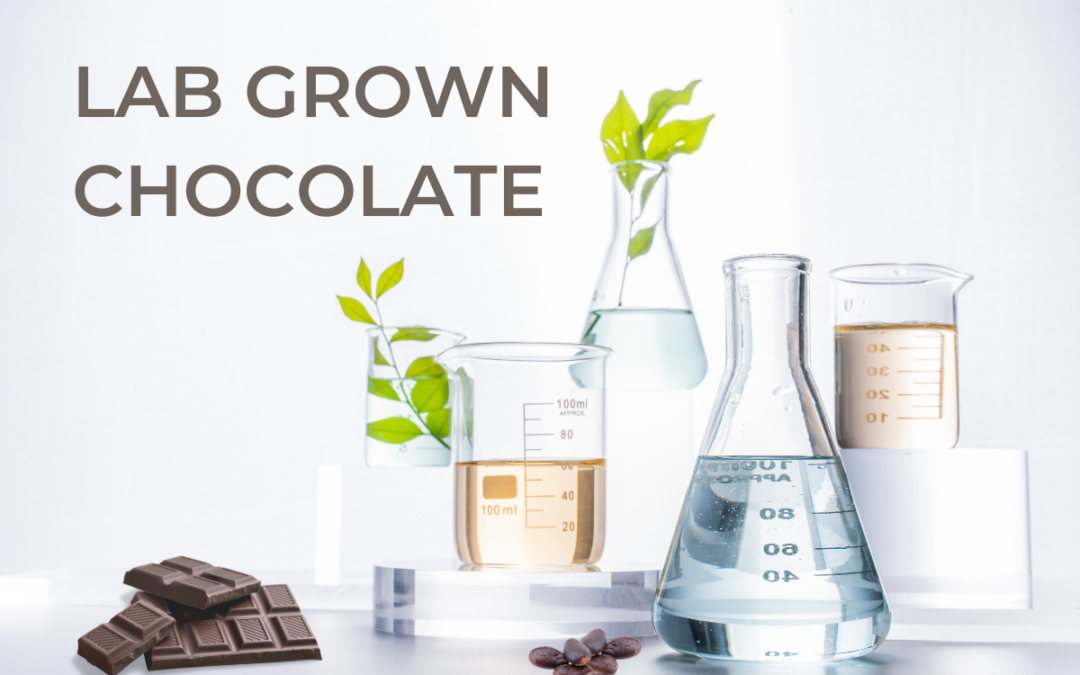If you’ve ever experienced the frustration of chocolate suddenly becoming grainy, clumpy, or stiff while melting, you’re not alone. This issue, known as “seizing”, can turn a smooth, glossy chocolate delight into a culinary nightmare in a matter of seconds. But why does it happen and how can you stop it? Knowing the science behind chocolate seizing is important for anyone who wants to perfect the art of chocolate making. In this article, we’ll explain why chocolate seizes and provide tips to prevent it. It’s our mission is to support you throughout your chocolate-making journey and provide you with all the tools you need to create perfect chocolate at home. Let’s learn about why chocolate seizes.
Understanding chocolate seizing
Chocolate seizing refers to the sudden and undesirable transformation of melted chocolate into a thick, grainy, or clumpy mass. This happens when the chocolate comes into contact with even a small amount of moisture or is exposed to high heat. During seizing, the cocoa solids and cocoa butter which are usually evenly distributed in the chocolate separate and all the solids stick together. The chocolate very quickly loses its smooth texture and glossy appearance. This undesired transformation makes the chocolate hard to use for tasks like molding, dipping or pouring. Once chocolate seizes, you can’t fix it, so preventing it is crucial for successful chocolate making.
What causes chocolate to seize?
Chocolate seizes when moisture gets into it or when it’s heated improperly. These are the main reasons:
- Moisture: Even a tiny bit of water, like steam or adding water-based liquids, such as extracts or sweeteners, can make chocolate seize. Chocolate doesn’t mix well with water because it’s hydrophobic. When water touches chocolate, it can make the sugar and cocoa particles stick together, creating a grainy and lumpy texture.
- High heat: Heating chocolate too much can also cause it to seize. Chocolate should be melted gently and slowly. If it’s exposed to direct heat or high temperatures, the cocoa butter in the chocolate can separate from the cocoa solids. This separation causes the chocolate to lose its smooth texture and become thick and lumpy.
- Sudden temperature changes: Rapid temperature changes, like adding cold ingredients to warm chocolate or vice versa, can also cause the chocolate to seize.
Science behind chocolate seizing
Chocolate seizing occurs when moisture is introduced into melted chocolate, causing it to become thick and grainy. The sugar in the chocolate absorbs the water and forms a syrup, leading the particles of cocoa and sugar to clump together. Additionally, the presence of water breaks the suspension of cocoa butter and cocoa solids, further contributing to the grainy texture.
How to identify seized chocolate?
Seized chocolate is easy to identify based on several clear signs. Seized chocolate changes texture, becoming thick, stiff, and grainy, losing its smooth flow. It looks dull and uneven, lacking the shiny finish of melted chocolate, often with visible lumps or clumps. You might even see some oil separate from the clumps (this is melted cocoa butter). When you try to coat or dip with seized chocolate, it doesn’t spread evenly, sticking in patches and leaving an inconsistent coating. Reheating seized chocolate won’t make it smooth again; instead, it tends to get lumpier or grainier. Recognizing these signs helps chocolate makers catch seized chocolate early and take steps to prevent issues in their future chocolate-making projects.
5 tips on how to prevent chocolate from seizing
Tip 1: Ensure all utensils, bowls and surfaces are completely dry before coming into contact with chocolate. Even a small amount of moisture can cause chocolate to seize.
Tip 2: When adding ingredients to melted chocolate or transferring it between containers, ensure they are at a similar temperature. Rapid changes in temperature can cause chocolate to seize.
Tip 3: Melt chocolate using gentle, indirect heat such as a double boiler or microwave in short intervals. Avoid direct heat, which can cause the cocoa butter to separate from the cocoa solids.
Tip 4: Store ingredients in airtight containers. Some ingredients, such as sugar, will absorb moisture from the air which is enough to ruin your chocolate.
Tip 5: Don’t use any water based ingredients. Alcohol-based extracts should not be used for flavoring your chocolate since they contain a lot of water. High moisture sweeteners, such as maple syrup, honey, agave, and brown sugar, should be avoided or have to be used very carefully.
When your chocolate seizes, you can try these techniques to salvage it
- If the chocolate is just starting to seize, add cocoa butter or vegetable oil to introduce additional fat. By increasing the fat content, this can sometimes rescue seized chocolate.
- One way to salvage seized chocolate is by making a ganache. Gradually add a warm liquid like hot cream or milk to hydrate the chocolate and smooth out the clumps.
- Realize that sometimes it’s best to dump what you have and start over.
For more great articles and recipes, check out the rest of our CocoTerra blog.
If you have any questions or comments, feel free to contact us through our social media channels. We are @cocoterra_co on Instagram and Pinterest and @cocoterraco on X (aka Twitter) and Facebook.

